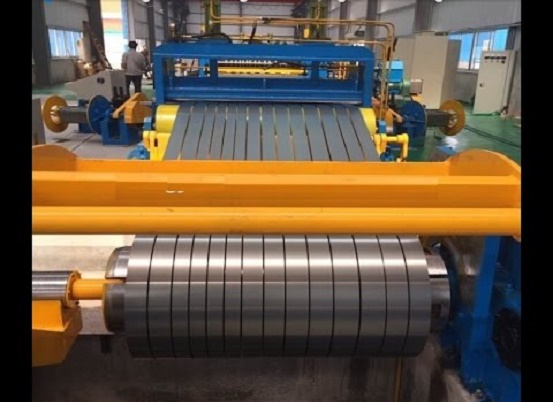
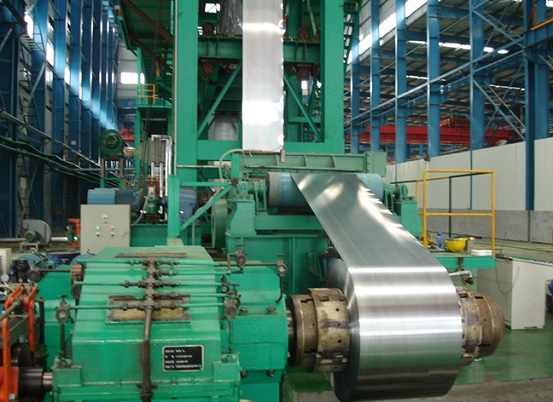
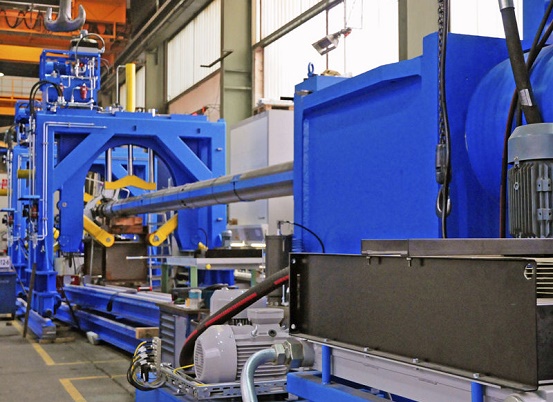
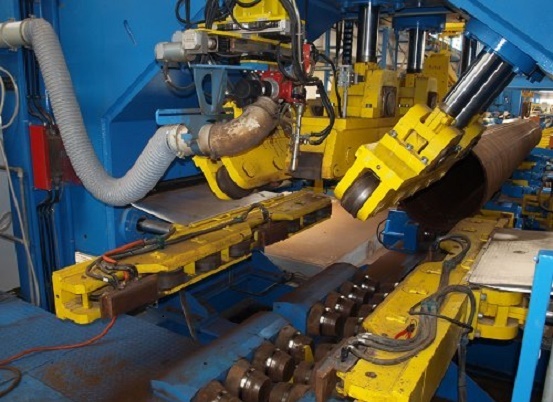
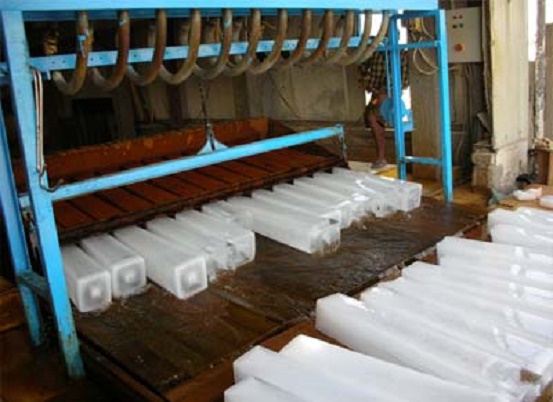
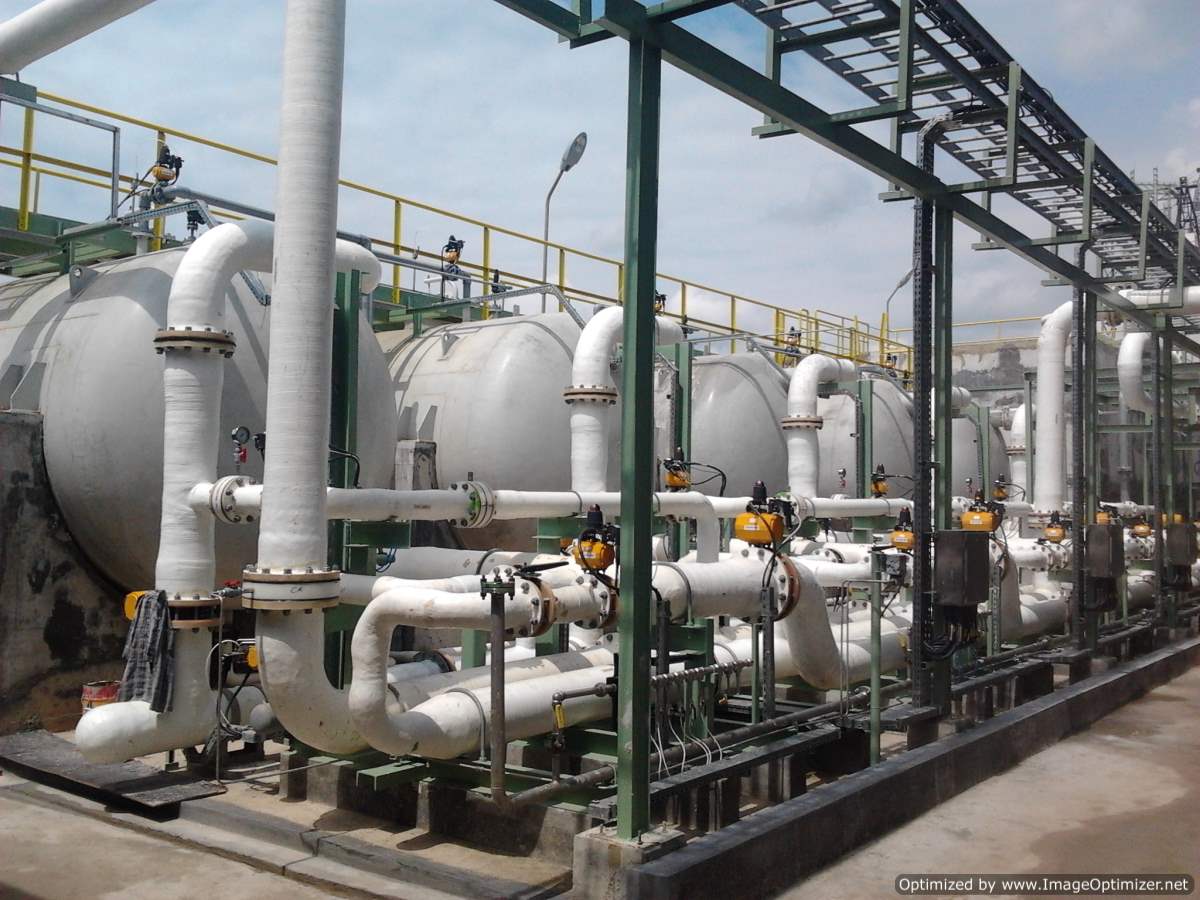
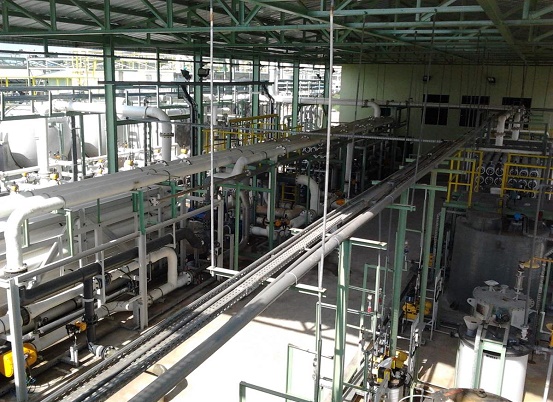
Water treatment covers the mechanism & process used to treat water that has been contaminated by some industrial or commercial activities prior to its reuse. The control systems used here are designed for automatic operations of pumping, treatment & disposal systems. Automatic & manual operation of the Plant is possible through PLC.
CLIENTS:
M/s. Thermax Limited, Pune
M/s Metito, Indonesia
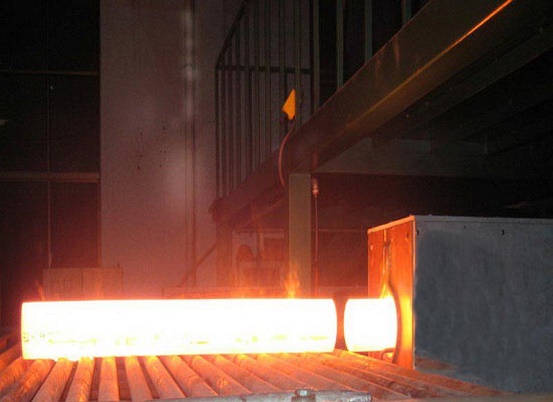
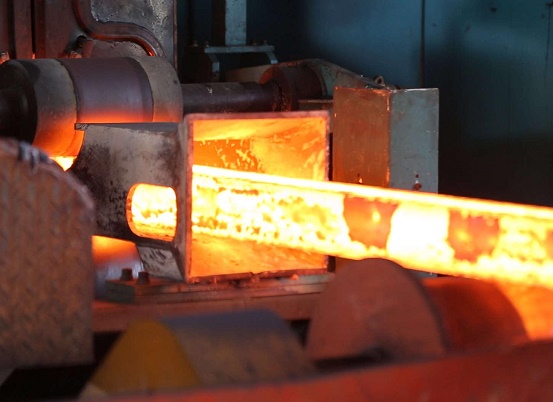
BF gases flared in the Flare stack of various chemical processes cannot be vented directly into the atmosphere, hence they are deliberately burnt. The burning of gas should be complete so that it reduces pollution & helps to maintain cleaner atmosphere. For flare system to function properly, the flow under emergency conditions must be evaluated.

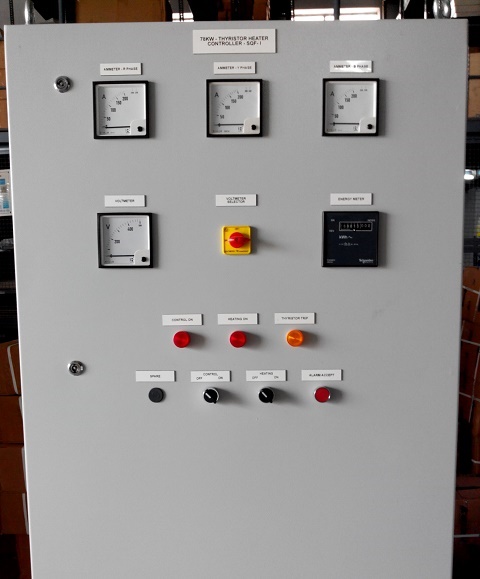
Cabinet has been providing exceptional OEM services to Industry leaders and some emerging companies since the past several years. On time performance and quality has been our major motto which has also benefited our clients immensely.